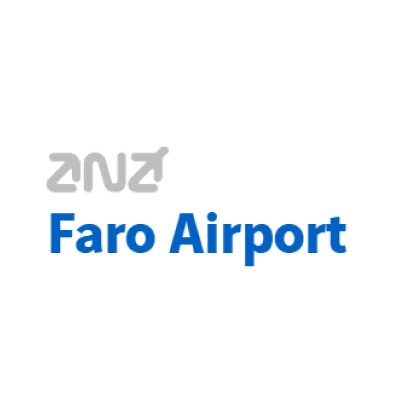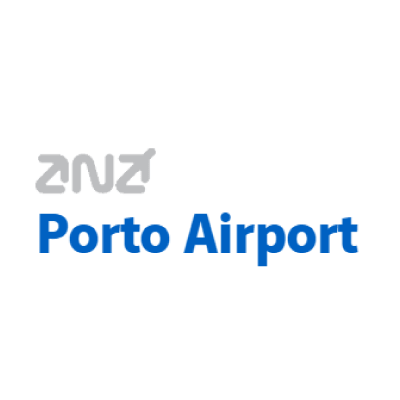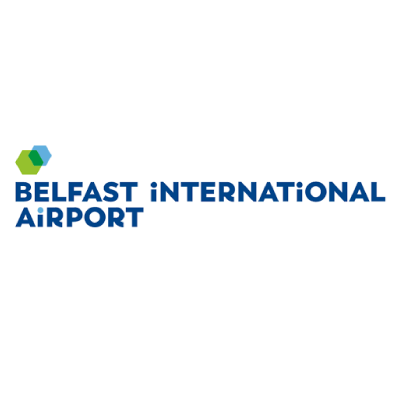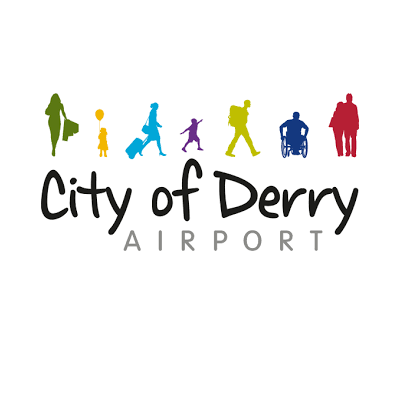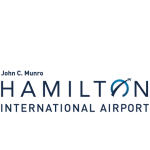The integration of digital and mobile into everyday life has changed consumer behaviour for good. As technology evolves, consumer expectation and buying and browsing habits are constantly developing. Power is now with a consumer who can do whatever they want whenever they want, and airport marketers must respond to an ever-shifting landscape to ensure that their brand is connecting in the right way at the right time.
Reviews and word of mouth, for example, have utterly transformed the path to purchase. 88% of consumers say they trust online reviews as much as personal recommendations, and 85% read as many as ten reviews before committing to buy. However, this trust of reviews can be exploited. This was aptly demonstrated by one online reviewer who had been employed to write ‘fake’ restaurant reviews for TripAdvisor – He successfully demonstrated just how easy it is to mislead the market by turning his garden shed into the review-site’s top rated restaurant.
If fake reviews are a problem, and consumers are developing a knack for spotting them, it becomes increasingly important to attract verified reviews and positive, organic social media comments. The only way to achieve this is with outstanding customer service.
Even the customer service landscape has changed. It now requires a strong integration of the airport’s customer service and marketing teams. Customer service intertwines with marketing to build loyal customers and a positive brand image.
Conversely, a customer’s initial impressions of a brand can quickly be damaged by poor customer service, and this can have a big impact on retention. While 91% of customers have left one business for another because customer service was inadequate, 71% who have had a positive experience via social media are likely to recommend that company, and 70% who receive help via social media return as loyal customers.
For retail, the paths to engage and convert are totally new. In the UK, 87% of purchases are made online and 51% of consumers prefer online to in store. However, airports have an edge here, with high footfall and a captive audience for any retail or food and beverage concessions inside the terminal.
Let’s look at three tactics that airports are using to respond to changes in customer behaviour and how you can implement them…
1. Build a unique strategy for your airport
As it becomes more challenging to achieve profit through aeronautical operations alone, retail has become an important part of an airport’s overall revenue. Airports are responding to challenges in the airline market and changes in customer behaviour with on-trend food and beverage offerings, including those that support local suppliers and appeal to the ethical, vegan or eco-friendly consumer.
Local concerns can be embraced, as at Bremen airport which houses a small shop run by an organisation that supports disabled people and offers them work in the ‘normal’ employment market. The Martinshof Shop sells regional and typical Bremen products and is very popular with travellers.
Alongside these efforts, digital innovation is central to an airport’s commercial and retail strategy. By integrating with the right technology partner, it becomes possible to make all airport services accessible online. This gives passengers the ability to book flights, parking, fast-track security and lounge access, receive special offers at airport stores and find live flight and destination information.
Rather than copying what other businesses do, the key is to find out what makes your passengers tick and to meet those needs.
Rezcomm’s world-class ecommerce platform is the first combined system specifically tailored to airports. Alongside CRM, ecommerce and travel-booking capabilities, the software also has advanced digital marketing features, including state-of-the-art drag+drop email templates and real-time analytics. This makes it possible for airport marketers to correctly identify and respond to changes in customer behaviour.
Bremen airport also recently ran a project that generated targeted marketing connected to promotions in its on-site concessions. The campaigns showed that it is possible to successfully link digital marketing, promotions and in-store offers.
2. Engage with pop-up shops and the rise of ‘experiential retail’
Airports are becoming marketing hotbeds, and this includes embracing experimental and experiential retail activities such as pop-up shops and restaurants. The aim is to transform the terminal building into a vibrant environment; a destination in its own right.
The trend for airport pop-ups has exploded in recent years as luxury retailers exploit an opportunity to extend their branding creativity and connect with the diverse and captive demographic presented by an airport’s passengers.
This kind of marketing within the terminal has positive implications for both brand and airport. While the airport can gain profile, publicity, a shiny new aesthetic and a reputation for enterprise, the retail or restaurant outlet can deliver its brand story in an innovative way outside the traditional platforms of bricks-and-mortar or ecommerce. These pop-ups also present a valuable source of consumer data and insight that can then be used to inform world-class customer service.
The attraction for airports is obvious. Pop-up shops and other interactive marketing installations create an interesting and engaging passenger environment. Pop-up shops are less transitory than airport kiosks and brands will invest more time, resources and creativity to deliver one-of-a-kind experiences.
When a luxury retailer develops a pop-up in the terminal building, the result is a global brand contributing to the facilities and aesthetic of that airport. With brands including Tiffany and Co., Bvlgari, Ray-Ban, Chanel, Louis Vuitton and Moncler getting involved, the pop-up is no longer a trend; it’s becoming a core marketing strategy.
The marketing potential for brands is huge. Airports present a perfect blank slate and the freedom to explore creative marketing ideas. Retailers can use vast common areas within the airport to build unique pop-up fixtures. This makes it possible to offer customers an experience that would usually require a much larger square-footage and more complex storefront.
In November 2018 a pop-up beer garden launched in Melbourne Airport, celebrating ‘all things Melbourne’ and embracing the Australian summer. T 3 ½ featured beverages from local brewing and coffee companies, a bright design from a local artist, a grass lawn, deckchairs, and of course, information screens. It gave multiple, mainly local brands the opportunity to deliver their message to a global audience, and created a memorable experience for travellers at the same time.
While the operational efficiency at airports has become more streamlined due to the introduction of innovative technology, passengers still generally have at least an hour to kill between security and boarding. With nowhere else to go, they pass the time eating, drinking and shopping.
Foot traffic is a key metric for retailers, especially with a pop-up, as which must achieve maximum exposure to succeed. In 2017, the world’s airports accommodated 8.3 billion passengers. This is number expected to grow by 4.3% by 2040. Suffice it to say, airports provide that constant source of high footfall along with a unique environment where shoppers are confined to a limited space with little to do. Brands can leverage this captive audience to expand reach and sales, tapping into passengers’ desire to engage in experiences or purchase products.
This potential is not limited to giant or luxury brands. With a bit of creativity SMBs can also take advantage of the airport space. In fact, the more limited resources behind smaller companies offer the opportunity to really think outside the box to find ways to deliver lasting, impactful results for brand, airport and passenger.
Experiential marketing events and temporary retail installations are also a really good way to reach an international customer base. This is good for brand exposure, and it also has positive implications for market research, informing brands about expansion opportunities. These pop-ups not only respond to customer behaviour, they provide a useful window into consumer habits and changes in behaviour and this knowledge can be vital in forward planning.
3. Focus on data-driven customer experience
A further factor in customer behaviour is the seemingly irreversible trend for consumers to prefer experiences over ‘things’. As such, a meaningful customer experience is now the single most important differentiating factor when it comes to finding a competitive edge.
Airport marketers must look for new ways to understand and use customer data, and this means looking for new retail associations that help to define personas, engage on social media, enhance customer segmentation and improve user experience. In a landscape increasingly built on collaboration, the best customer experience, that which creates improvements throughout the entire customer life cycle, comes from partnership. Add the right technology partner to the mix and there is endless potential for improved customer experience and revenue growth.
With Rezcomm’s systems, data can be automatically collected and analysed from multiple sources to build sophisticated customer profiles that mean you really get to know your passengers, helping you to deliver relevant, timely, targeted messaging that builds sales and customer loyalty.
In order to satisfy passenger needs passengers and provide exceptional service, airports and their retailers must continually react to changes in customer behaviour.
Rezcomm’s team of experts can help your airport stay ahead of retail trends, find ways to use passenger data and create targeted marketing to react to changing customer needs and expectations. That’s why we’re the partner of choice for airports worldwide.
If you have any questions about how you can use our integrated platform to future-proof your retail strategies, contact us for a chat.

